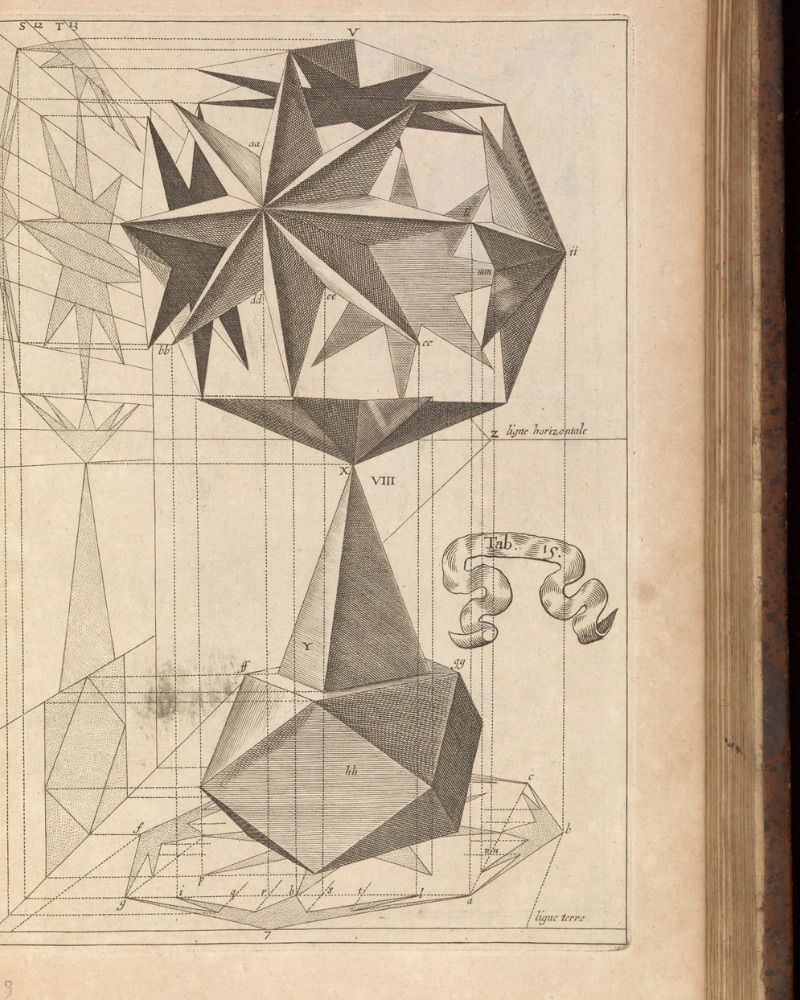Modular Origami: The Art of Interlocking Paper Units

Origami is often associated with folding a single sheet of paper into a recognizable shape. However, Modular Origami takes this craft to another level by assembling multiple folded units to create intricate, three-dimensional structures. This technique allows for stunning geometric designs, making it a favorite among origami enthusiasts and mathematicians alike.
What is Modular Origami?
Modular Origami is a specialized form of origami where multiple identical paper units (or modules) are folded separately and then assembled without glue or tape. The units fit together through interlocking folds, creating complex geometric shapes, stars, and polyhedra.
Unlike traditional origami, which typically uses one piece of paper, modular origami requires precise folding and careful assembly of many units. The resulting models are often symmetrical and highly decorative.
The Origins of Modular Origami
While traditional origami has been around for centuries, modular origami became more popular in the 20th century. Early examples of interlocking paper models can be traced back to Japan and China, where paper-folding was used for religious and decorative purposes.
The modern development of modular origami is credited to origami masters such as Mitsunobu Sonobe, whose Sonobe unit is one of the most widely used modular folding techniques today. Since then, mathematicians and artists have expanded the possibilities of modular origami, creating complex and visually striking models.
Key Features of Modular Origami
Modular Origami follows specific principles that make it distinct from other forms of origami:
- Multiple Paper Units – Each model is made up of many folded units, often identical in shape.
- Interlocking Assembly – The units connect through folds rather than glue or tape.
- Geometric and Symmetrical Designs – Most modular models take the form of polyhedra, stars, or abstract shapes.
- Precision and Patience Required – Since multiple units must fit together seamlessly, modular origami requires careful folding and assembly.
Benefits of Modular Origami
Modular Origami is not just a decorative craft—it offers many cognitive and artistic benefits:
- Enhances Mathematical Thinking – The use of symmetry, geometry, and spatial reasoning makes modular origami a valuable learning tool.
- Encourages Patience and Precision – Folding multiple identical units helps improve attention to detail and hand-eye coordination.
- Allows for Larger and More Complex Designs – Since pieces are assembled together, modular origami can create larger and more intricate models than traditional origami.
- Fosters Creativity and Experimentation – Artists can experiment with different color combinations, shapes, and patterns to make unique designs.
Popular Modular Origami Models
Some of the most well-known modular origami creations include:
- Sonobe Cube – A classic modular model made from six Sonobe units, forming a cube.
- Origami Stars – Beautiful star-shaped models, often requiring 5 to 30 units.
- Kusudama Balls – Spherical floral-like models, originally used in Japanese medicine and decoration.
- Geometric Polyhedra – Complex 3D shapes like icosahedra and dodecahedra, popular among mathematicians.
Modular Origami is an impressive blend of art, mathematics, and precision, allowing folders to create stunning geometric masterpieces. Whether you're a beginner starting with a simple cube or an advanced creator designing intricate polyhedra, modular origami offers endless possibilities for exploration and creativity. With patience and practice, anyone can master this beautiful art form!